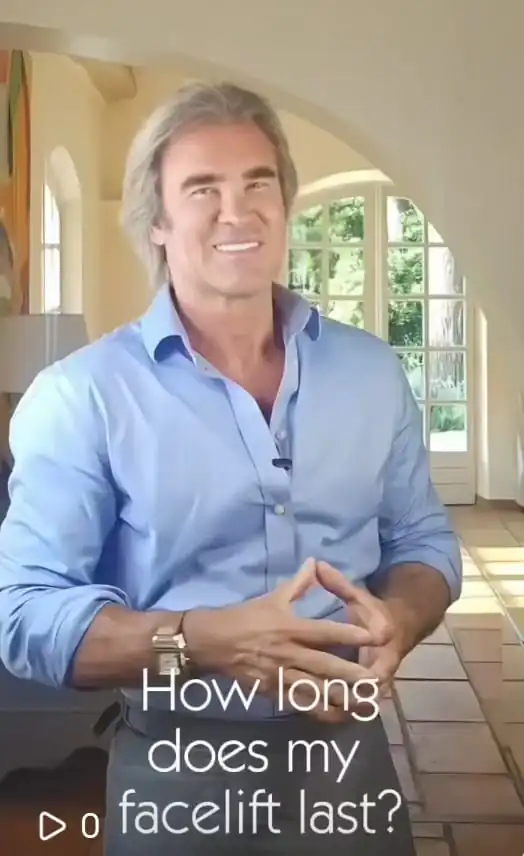Long-lasting results starts with choosing the right technique. In my experience, the deep plane facelift offers the most effective and harmonious rejuvenation, which is why I focus exclusively on this advanced method and its modified version: my signature vertical dual-plane facelift.
Refer a friend and earn a $50 credit!
Take the next step and schedule a visit today
Fill out my online form.
Take the next step and schedule a visit today
Fill out my online form.












